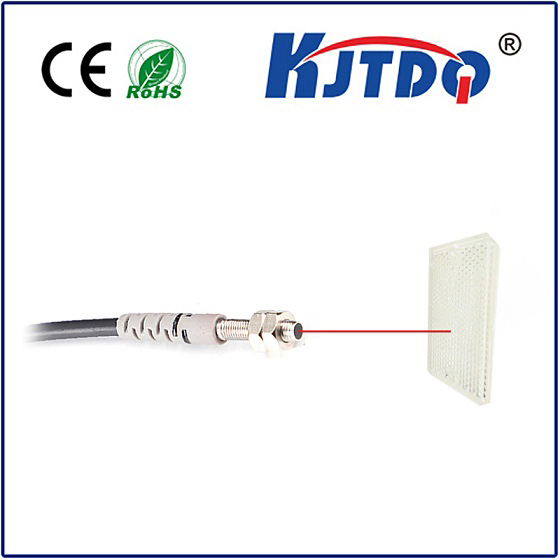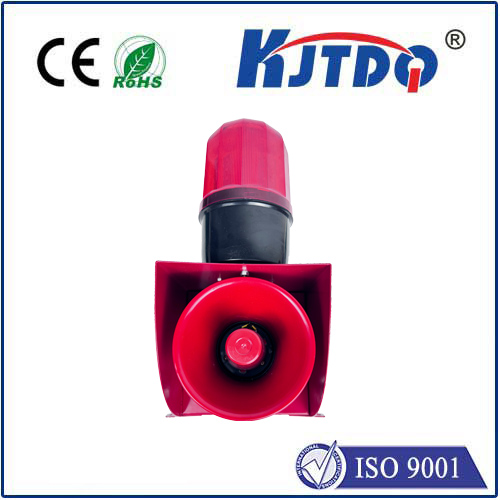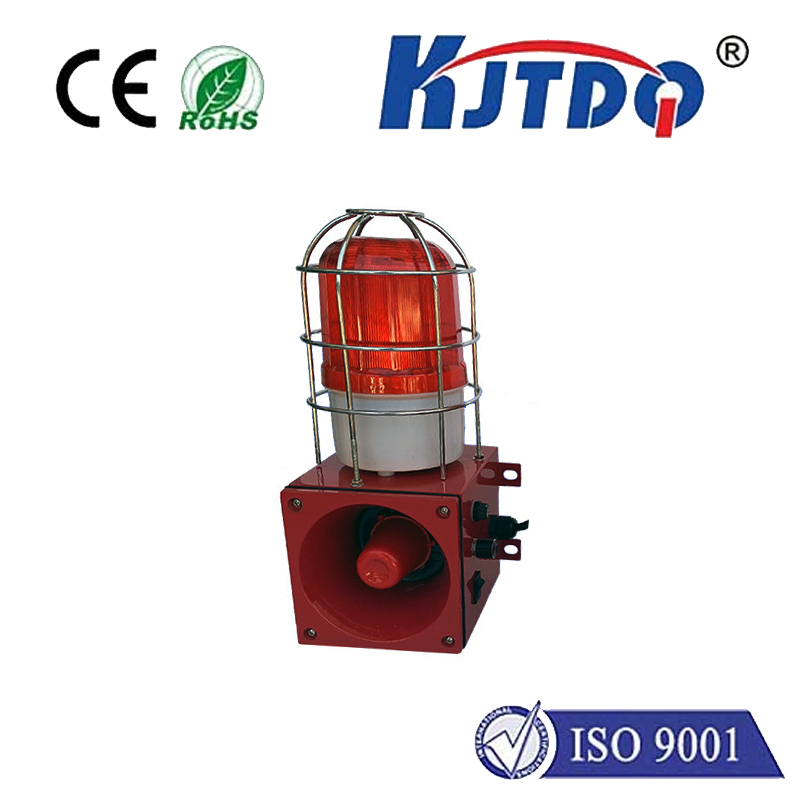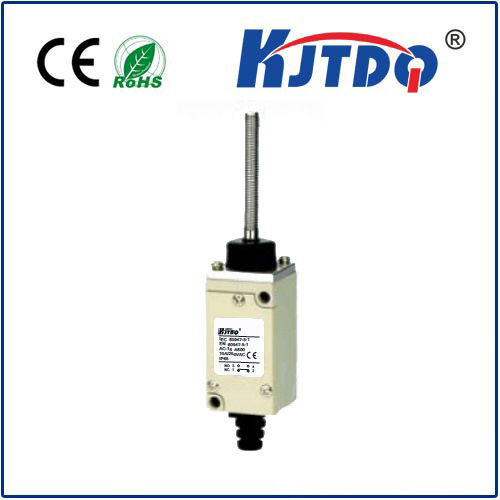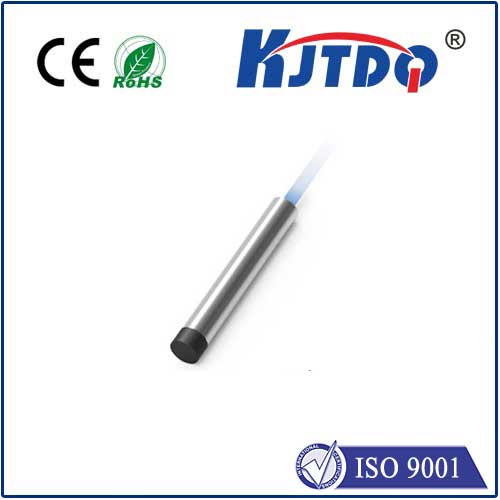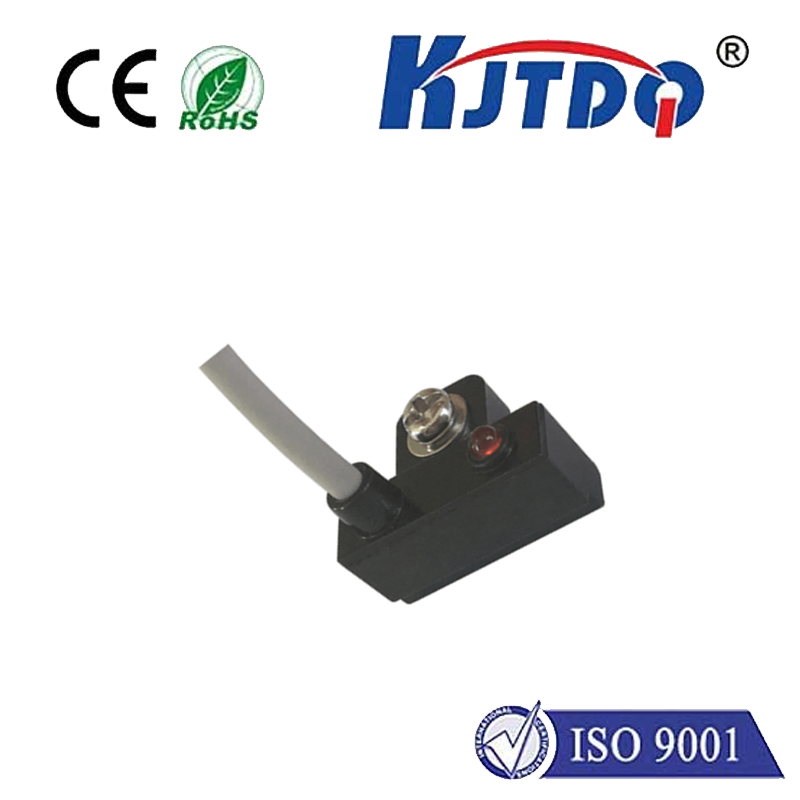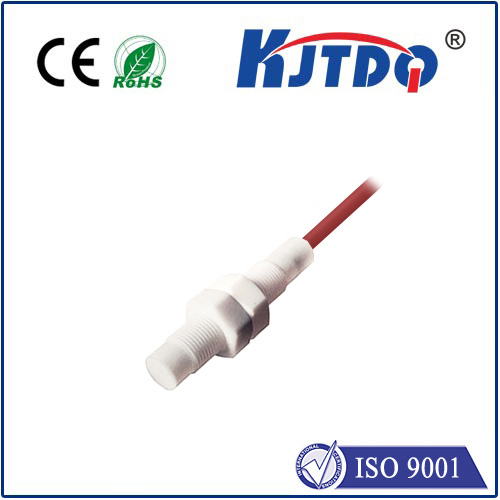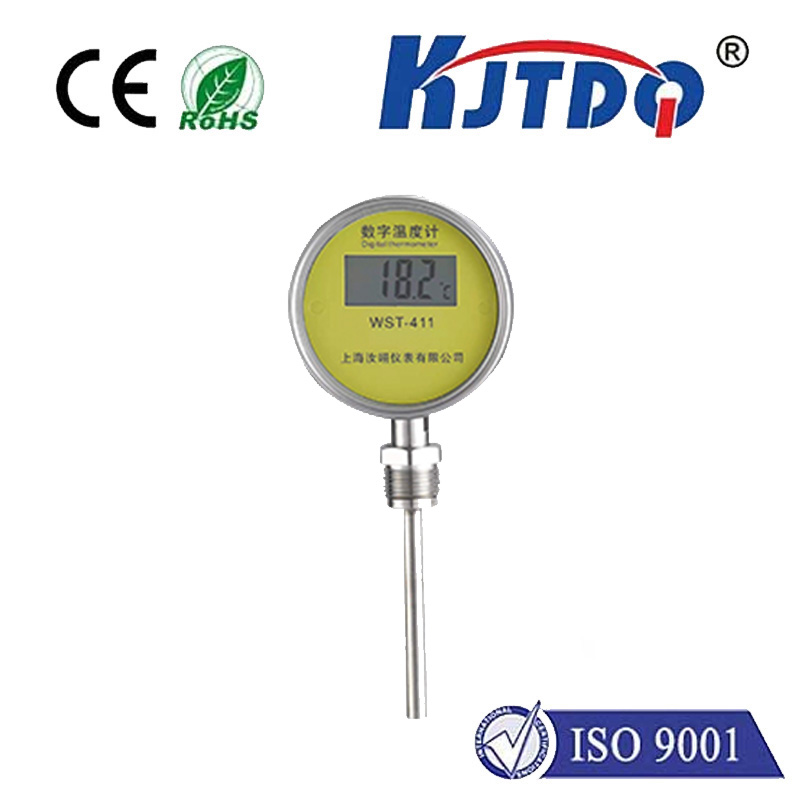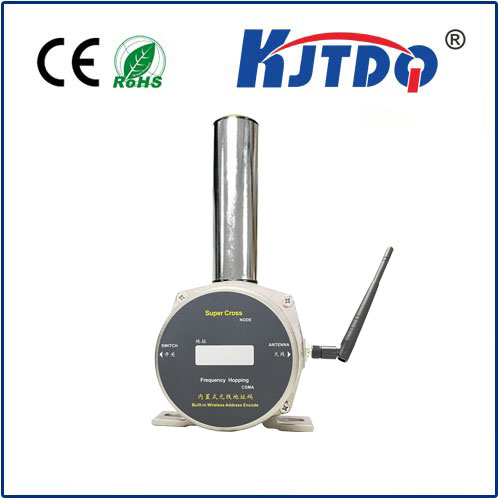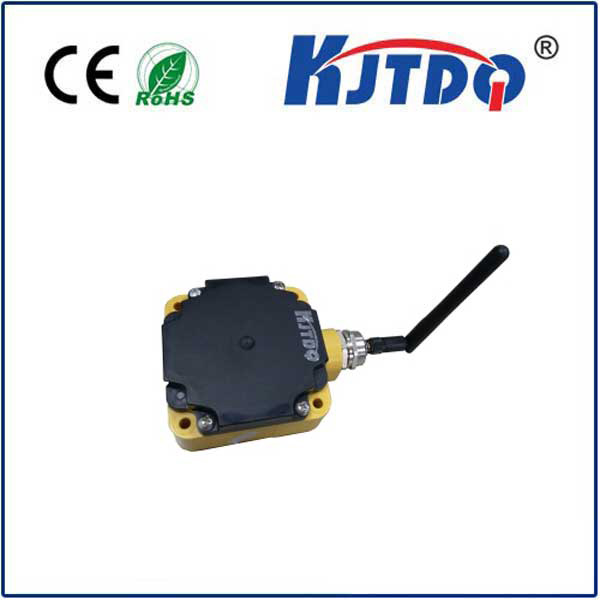
check

check

check

check
Introduction:
The advent of technology has brought about significant changes in various industries, particularly in the realms of sensing and monitoring. One such innovation that has revolutionized these fields is the flat inductive proximity sensor. With its numerous benefits and applications, this sensor has quickly become a staple in numerous settings, from manufacturing to healthcare. This article delves into the inner workings of the flat inductive proximity sensor, exploring its potential and practical applications.
Section 1: The Science Behind the Flat Inductive Proximity Sensor
To fully understand the functionality of the flat inductive proximity sensor, it's essential to grasp its underlying principles. Essentially, this sensor works by measuring the magnetic field generated by two coils placed perpendicular to each other. These coils are typically made from a thin metal strip or film, which is coated with a conductive material. When a nearby object causes a change in the magnetic field, it stimulates an electrical current between the coils, causing them to generate a signal proportional to the distance between the object and the sensor. This signal can then be converted into a measurable value, allowing for precise proximity measurements.
Section 2: Advantages and Features of Flat Inductive Proximity Sensors
The flat inductive proximity sensor boasts several advantages over traditional proximity sensors, making it an appealing option for various applications. Firstly, its flat design allows for easy integration into compact devices without sacrificing sensitivity or accuracy. Additionally, the thin metal construction ensures durability and high performance even under harsh environmental conditions. Some key features of flat inductive proximity sensors include adjustable thresholds for different applications, multiple operating modes (such as continuous mode and pulsed mode), and compatibility with various programming languages and software platforms.
Section 3: Practical Applications of Flat Inductive Proximity Sensors
The versatile nature of the flat inductive proximity sensor makes it suitable for a wide range of applications. In manufacturing, it can be used for quality control, machine maintenance, and asset tracking. In healthcare, it offers accurate measurement of patient vitals and proximity monitoring for medical devices. Other potential applications include industrial automation, automotive safety systems, and remote control devices. By leveraging the unique properties of this sensor, companies can streamline their operations, improve product quality, and enhance overall efficiency.
Conclusion:
In conclusion, the flat inductive proximity sensor represents a significant breakthrough in the field of sensing and monitoring technology. Its innovative design and advanced features make it an attractive alternative to traditional proximity sensors while offering numerous practical applications across various industries. As we continue to witness advancements in technology, it's exciting to imagine the endless possibilities that await us with further development in this area.
